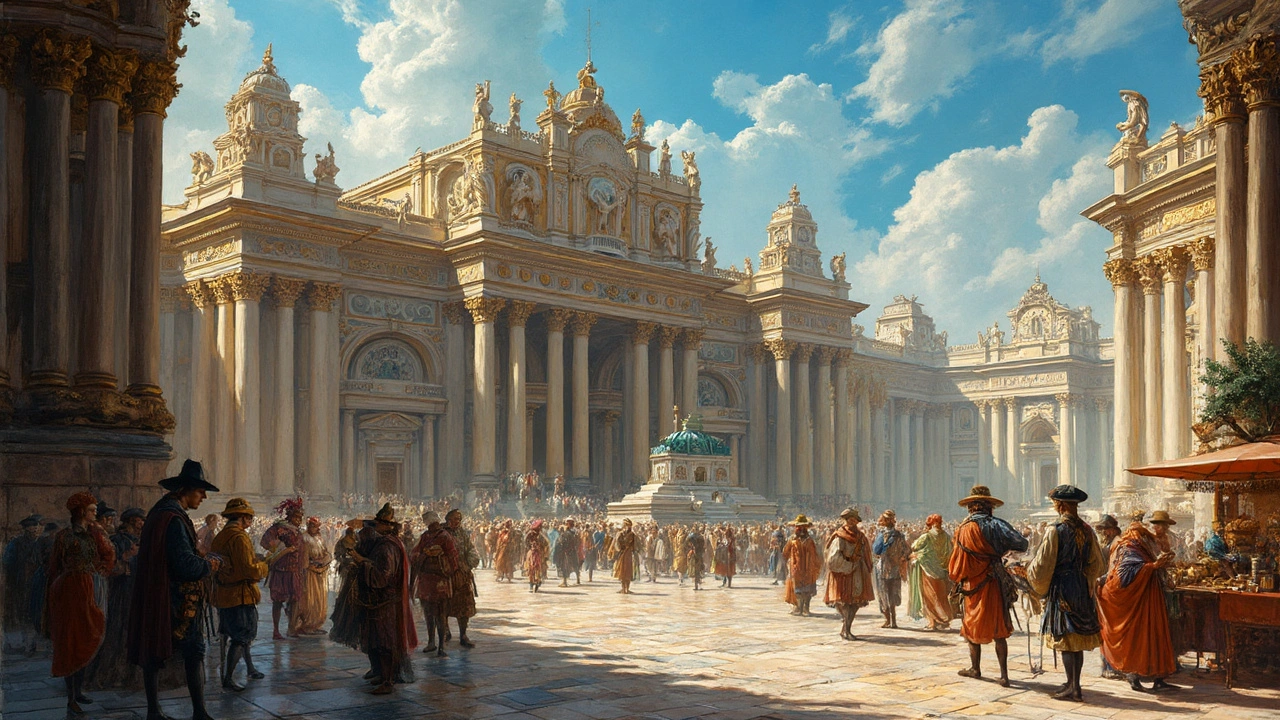Baroque architecture isn't just grand and ornate; it tells stories about the cultural shifts of its time. This article dives into how this architectural style influenced the world, from its lush details to its dramatic designs. Readers will explore how Baroque art served as a reflection of power, emotion, and innovation. With practical insights and engaging examples, you'll see why this style left such an indelible mark on history.
Historical Impact: How Past Architectural Styles Shape Modern Cities
You walk past Roman engineering every day — the arch, the vault, and the idea of durable concrete quietly steer how we build now. Historical impact isn't nostalgia. It's a set of choices, tricks, and meanings borrowed from the past that shape streets, homes, and public life today.
Old techniques teach modern problems. Roman concrete and arches let builders span space; Renaissance ideas brought proportion and human scale back to architecture; Beaux-Arts gave cities grand boulevards and civic pride; Bauhaus simplified form and made good design affordable. Even radical movements like Constructivism pushed function and social idea into building form, while High-Tech and Neo-Futurism borrowed that spirit and added new materials and screens of glass and steel.
Why care? Knowing history helps you read a city. It explains why a courthouse feels dignified (Greek Revival columns), why a downtown feels cohesive (Beaux-Arts planning), or why a factory is all glass and steel. For owners and designers, history gives reusable solutions: sun control from Mediterranean Revival, low-maintenance materials from Roman practice, adaptable floor plans from American Craftsman homes.
Quick ways to spot historic influence
Look for simple signals: columns and pediments point to classical ideas; heavy ornament and motiony facades hint at Baroque or Beaux-Arts; clean geometry and flat roofs suggest Bauhaus or International Style; expressive, irregular shapes often signal Expressionist or Postmodern. Materials tell a story too — brick and timber speak of local craft, concrete and steel often mean industrial or modernist roots, and ornate stonework usually marks historical prestige.
If you're on a walk, try this: find one building and name its main element — a dome, arch, or curtain wall. Then match that element to the style. That single habit sharpens your eye fast.
Using history in new design
You don't have to copy old styles to use them well. Mix useful details — a well-placed arcade for shade, a rhythmic window pattern for proportion, or a civic setback to create public space. Keep the original idea, not the costume. For example, reuse the symmetry and human scale of Renaissance design but use contemporary materials and sustainability tech. Or borrow the bold civic gestures of Beaux-Arts to strengthen placemaking in a new development.
Preservation matters, but so does adaptation. Historic buildings can host modern programs if you respect structure and flow. That balance keeps cities lively and grounded.
Historic styles also carry social meaning. A public square framed by neoclassical buildings signals authority and order; worker housing from the Craftsman era speaks of community and craftsmanship. That meaning affects how people behave in those spaces. If designers ignore social cues, projects can feel off. Use historical signals to set expectations—formal, friendly, progressive—and power your design decisions with that clarity.
Start noticing today.
Want specific examples? Read posts on Colonial Architecture, Greek Revival, Beaux-Arts, Renaissance, Ancient Roman techniques, and High-Tech architecture in this tag. They give clear case studies, spotting tips, and practical ideas you can use when walking, designing, or renovating.

